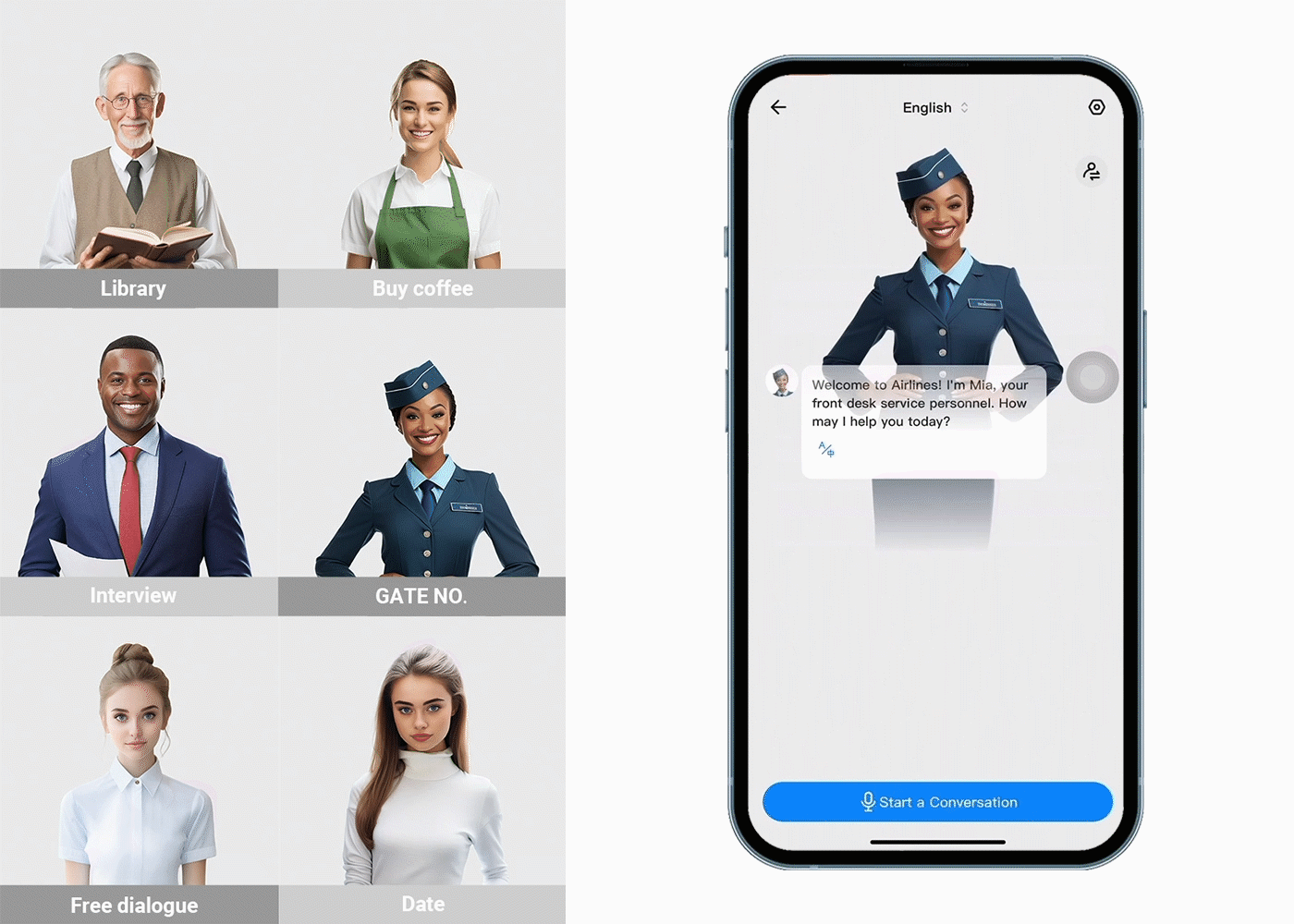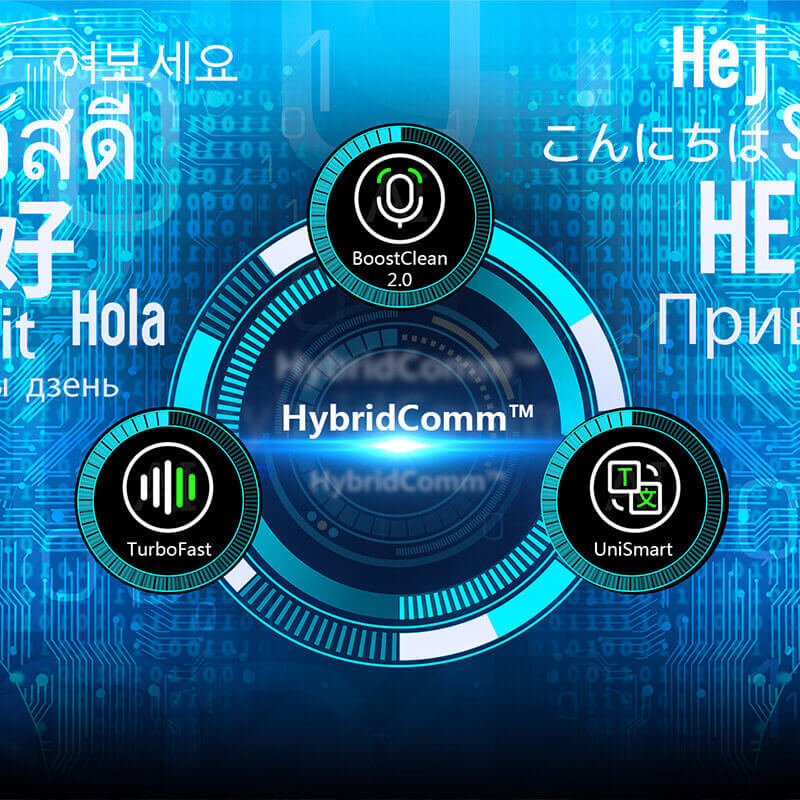With increasingly interdependent worlds, communication between languages and cultures has become more vital than ever before. Two of the mechanisms facilitating global country communication are translation and transliteration. Although employed synonymously by most, these two terms are utilized sufficiently differently in the realm of language services and localization. This blog post will explore the definitions, differences, and applications of professional translation and transliteration, as well as their roles in effective localization strategies.
What is Translation and When to Use it?
Translation refers to the process of conveying the source's meaning, context, and nuance in written or spoken form from a source language into a target language. The fundamental role of translation is to enable communication and understanding between languages. It involves an interpretation of meaning, context, and nuance of the source and conveying it into the target accurately.
You'll find translation playing a crucial role in many areas:
- Literature—where it helps people appreciate and understand different cultures and perspectives through translated books, novels, poetry and other works.
- Business and commerce—where it enables international trade, negotiations and communication by translating contracts, legal documents, marketing materials and technical manuals.
- Education and research—where it facilitates the exchange of knowledge and ideas by translating academic texts, research papers and educational resources.
- Media and entertainment—where it makes movies, TV shows, news articles and other media accessible to global audiences through subtitling and dubbing.
- Healthcare—where it ensures effective communication between healthcare professionals and patients, as well as translating medical records, research findings and treatment guidelines.
Good translators are familiar with both source and target languages as well as with cultural variations, idiomatic expressions, and meanings in various contexts. Due to this, accurate translation plays a very crucial role in bridging cultures and conveying information.
What is Transliteration When to Use it?
Transliteration refers to the process of changing words or texts from a script or writing system into another script or writing system. The primary intention of transliteration is representing words or pronunciation in terms of a foreign character system or an alien alphabet. It proves particularly useful in processing languages with a dissimilar script, such as transliterating Chinese or Arabic texts into Latin script.
Transliteration finds applications in various contexts, including:
- Rendering personal names, place names, or technical terms from one language into another for easier pronunciation and recognition.
- Enabling the representation of text in a writing system that may not have a direct equivalent for certain sounds or characters.
- Facilitating the input and display of text in systems or applications that do not support certain writing systems or character encodings.
- Providing a consistent way to represent words or names across different languages or scripts, especially in international contexts or databases.
Unlike translation, where it attempts to express the sense of a writing, transliteration focuses more on reproducing a word's pronunciations or sounds using another writing system. It may not convey the semantic sense of the original writing.
Key Differences Between Translation and Transliteration

The key differences between translation and transliteration lie in their focus, process, and intended outcomes. Translation is a meaning-based endeavor that requires deep linguistic and cultural knowledge, while transliteration is a character-based process that prioritizes phonetic representation over meaning.
- Focus: Translation deals with conveying the source language's meaning and message into the target language, while transliteration deals with conveying the sounds or words of one script system into another.
- Process: Translation is a process of conveying the sense of the source, reading its context and nuances, and rewording the content in the target language. Transliteration refers to the mechanical process of rendering characters or speech sounds in another alphabet regardless of meaning.
- Goal: The goal of translation is to form a new text with the meaning and sense of the original writing in the target language with their desired meaning preserved. The goal of transliteration is to spell or pronounce words from one script into a different script, sometimes in order to preserve the original form or sound.
- Applications: Translation finds broad applications in literature, media, legal documents, technical guides, and so on where conveying meaning intact across languages becomes critical. Transliteration finds common applications in rendering names, geographical locations, and terms of languages having different scripts, e.g., transliterating Russian names into Latin script or spelling a term in Arabic into an English writing.
Comparison Chart of Translation and Transliteration
| Aspect | Translation | Transliteration |
|---|---|---|
| Definition | Conveys the meaning of words from one language to another | Converts words or text from one script to another based on pronunciation |
| Focus | Meaning and context | Phonetic representation of sounds |
| Process | Involves linguistic and cultural adaptation to ensure accurate communication | Mechanically converts characters or sounds from one writing system to another |
| Goal | To accurately communicate the message and meaning in the target language | To represent pronunciation and spelling without necessarily conveying meaning |
| Applications | Literature, business, education, media, healthcare, legal documents | Rendering names, places, brand names, and words from different writing systems |
Examples of Translation and Transliteration
Translation Examples:
- Translating a Spanish restaurant menu into English
- Translating instructions for assembling furniture from Chinese to French
- Translating a legal contract from Arabic to German
- Translating a novel from Russian to Italian, maintaining the story, tone, and style
Transliteration Examples:
- Transliterating a Russian name "Пётр" to "Pyotr" in the Latin alphabet
- Transliterating an Arabic word "مرحبا" to "Marhabaan" in the Latin alphabet
- Transliterating a Chinese University name "北京大学" to "Běijīng Dàxué" in the Latin alphabet
- Transliterating a Japanese word "東京" to "Tōkyō" in the Latin alphabet
In translation, the goal is to express the meaning of words from one language in another. In transliteration, the goal is to show how words sound using a different writing system without changing their meaning.
Translation and Transliteration in Localization
Translation and transliteration are both important for localization. Localization is the process of adapting content, products, or services to fit different languages and cultures. It is more than just translating words—it also considers cultural differences, expressions, and meanings.
In localization, translation helps make content meaningful in another language. This means understanding the original text and finding the best way to express it in the new language while keeping its meaning, tone, and style.
Transliteration, on the other hand, is used for names, brand names, or words that don’t have a direct translation. It helps people pronounce foreign words by writing them in a familiar alphabet. This is especially useful when introducing new products, ideas, or brands in another country.
Localization experts decide when to use translation, transliteration, or both, depending on the needs of the project and the target audience. Sometimes, a mix of both is needed for the best results.
Conclusion
Translation and transliteration help people communicate across languages. Translation focuses on meaning, while transliteration keeps the original pronunciation. Both are useful in different situations and play a big role in areas like books, business, and media.
As the world becomes more connected, these language tools are more important than ever. Don’t let language be a barrier—use translation and transliteration to connect with others! Whether you’re a business owner, a student, or just curious about different cultures, learning about these tools can help you better understand the world.
 Talk to Customer Service 1(833) 491-1328
Talk to Customer Service 1(833) 491-1328










































发表评论
在发布之前,所有评论都会进行调节。
此站点受 hCaptcha 保护,并且 hCaptcha 隐私政策和服务条款适用。